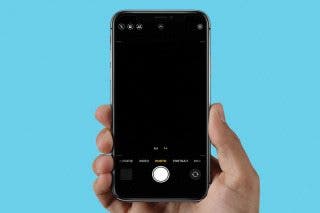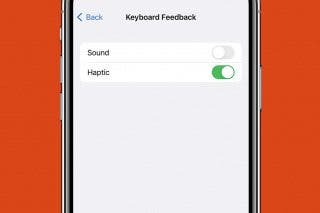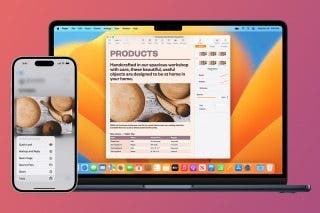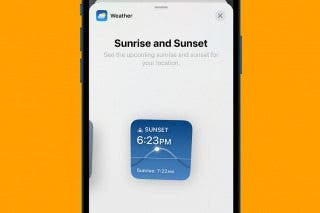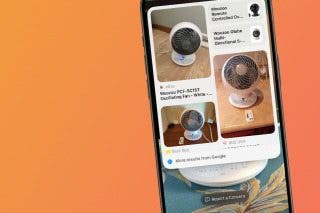How to Use the HomePod mini Temperature and Humidity Sensor
The HomePod mini 16.3 update enabled users to use their HomePod as an indoor humidity and temperature monitor using the HomeKit temperature sensor.


What to Know
- The HomePod mini and HomePod 2 have a sensor that can measure temperature and humidity.
- Ask Siri to find out the temperature or humidity level of the room your HomePod is in.
- You can use your HomePod’s sensor to automate smart gear in your home via the Home app.
Apple surprised HomePod mini owners with the iOS 16.3 update that activated a previously unused sensor sitting on our shelves. This HomePod sensor not only measures your home's temperature and humidity but can also trigger HomeKit automations for your smart home setup! This means that a change in temperature or humidity can turn on your AC or dehumidifier as long as they are compatible.
How to Use the Homepod mini Temperature and Humidity Sensor
Learning how to use the HomePod humidity and temperature sensor is super simple. As long as you have a HomePod mini or the HomePod 2, your device has a built-in sensor that can measure the temperature and humidity in your living space. If your HomePod is running iOS 16.3 or later, it should work automatically.
All you need to do is say, "Hey Siri, what is the temperature in my room right now?" and your HomePod's Apple temperature sensor will take a measurement, and Siri will respond. If you are wondering how to check the humidity in your room, just say the same thing but replace temperature with humidity. You can experiment and see what works best for you. Sometimes even a short "Her Siri, humidity/temperature in this room" is sufficient! Just make sure to say "in my room"; otherwise, Siri may look up the weather in your location instead.
How to Create Temperature & Humidity Automations
One of the coolest things about this HomePod temperature and humidity sensor is that you can use it to create smart home automations. I will explain how to set up Apple Homepod mini (and HomePod 2) automations using this sensor. Even if you don't have a smart device that can turn on your AC, humidifier, or dehumidifier, this automation can still be useful to you.
- Open the Home app.

- Tap the + icon.
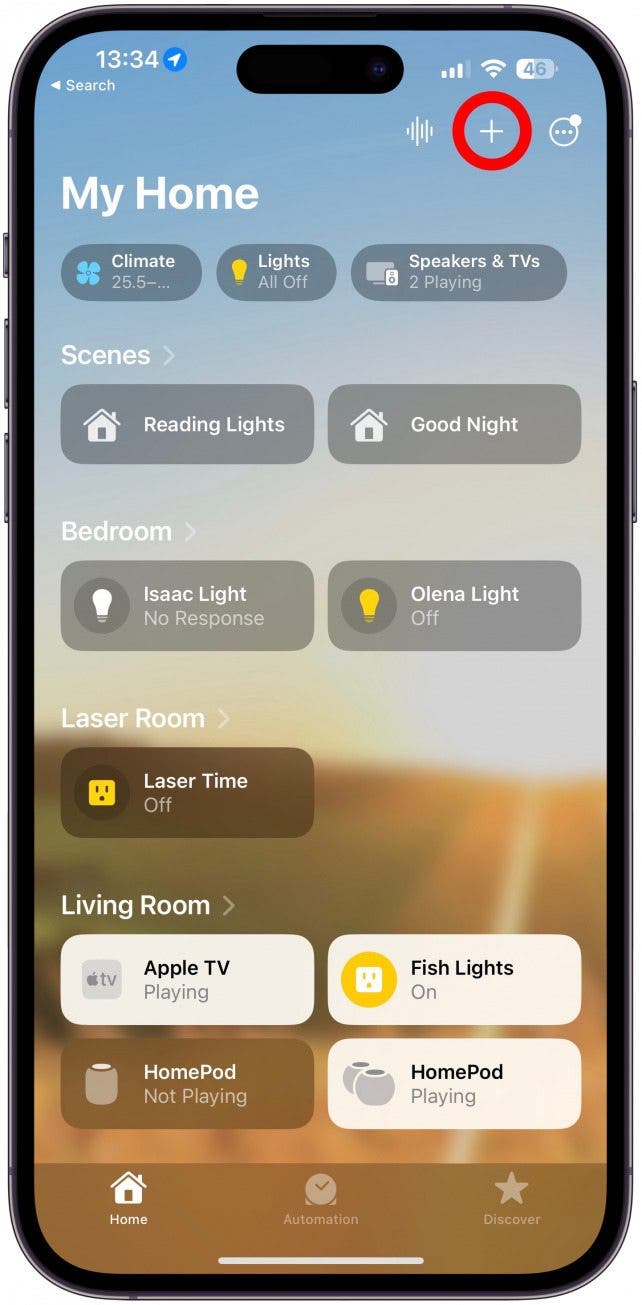
- Select Add Automation.

- Under events, tap A Sensor Detects Something.
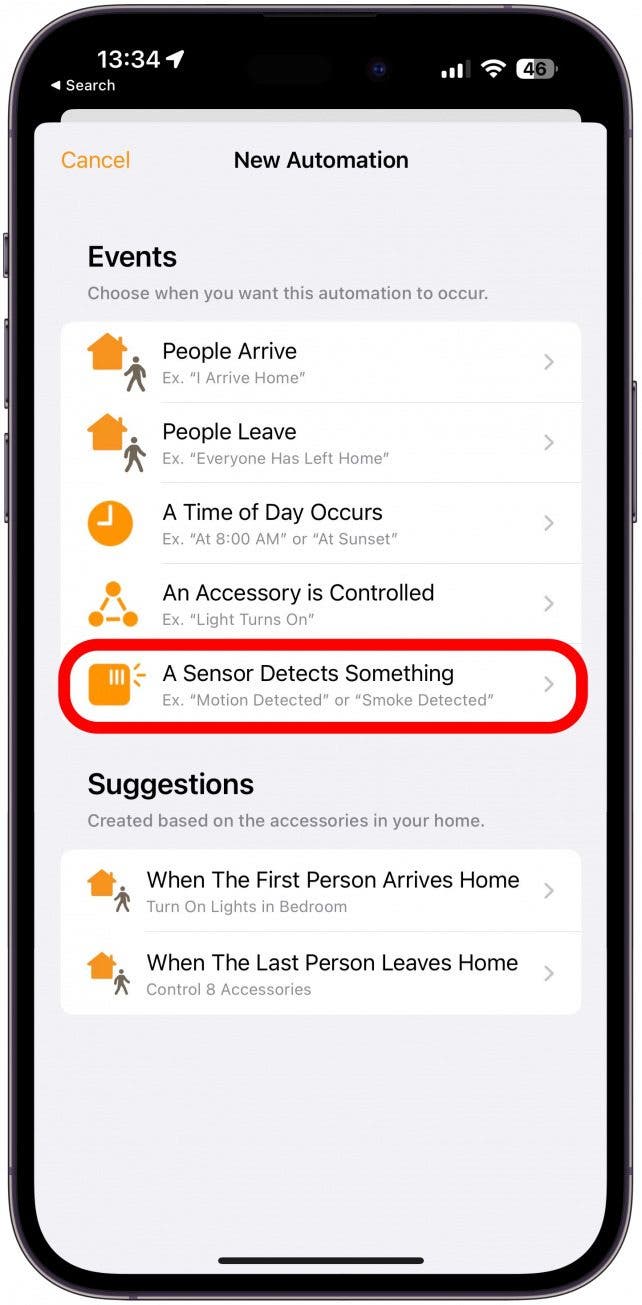
- Now you can select a sensor. If you have multiple HomePods, you will see a separate humidity sensor and temperature sensor for every HomePod. Tap Next.
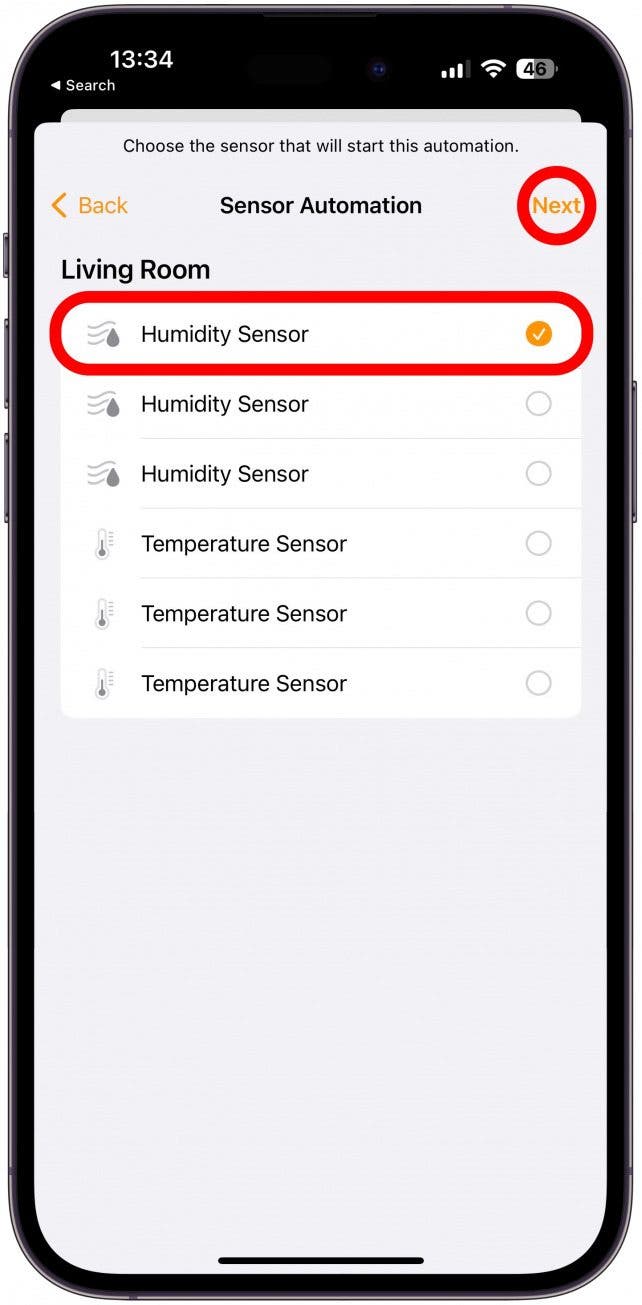
- By default, rises above 55% will be selected. You can tap Drops Below instead.
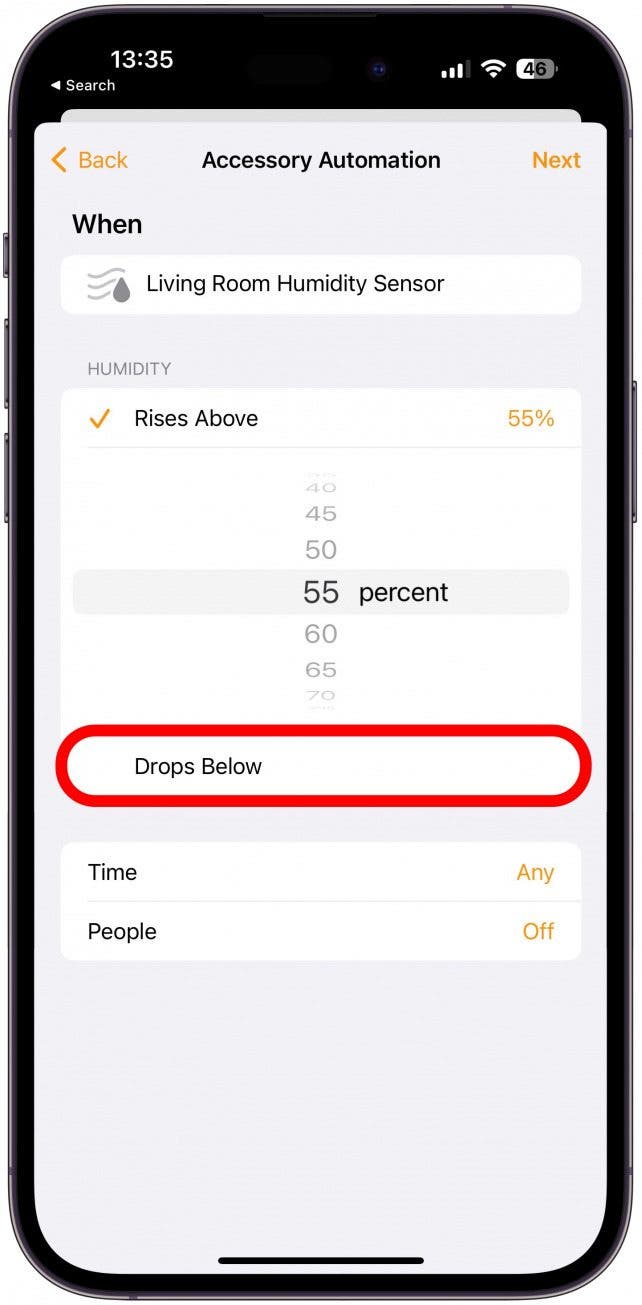
- You can swipe up or down to change the percentage.
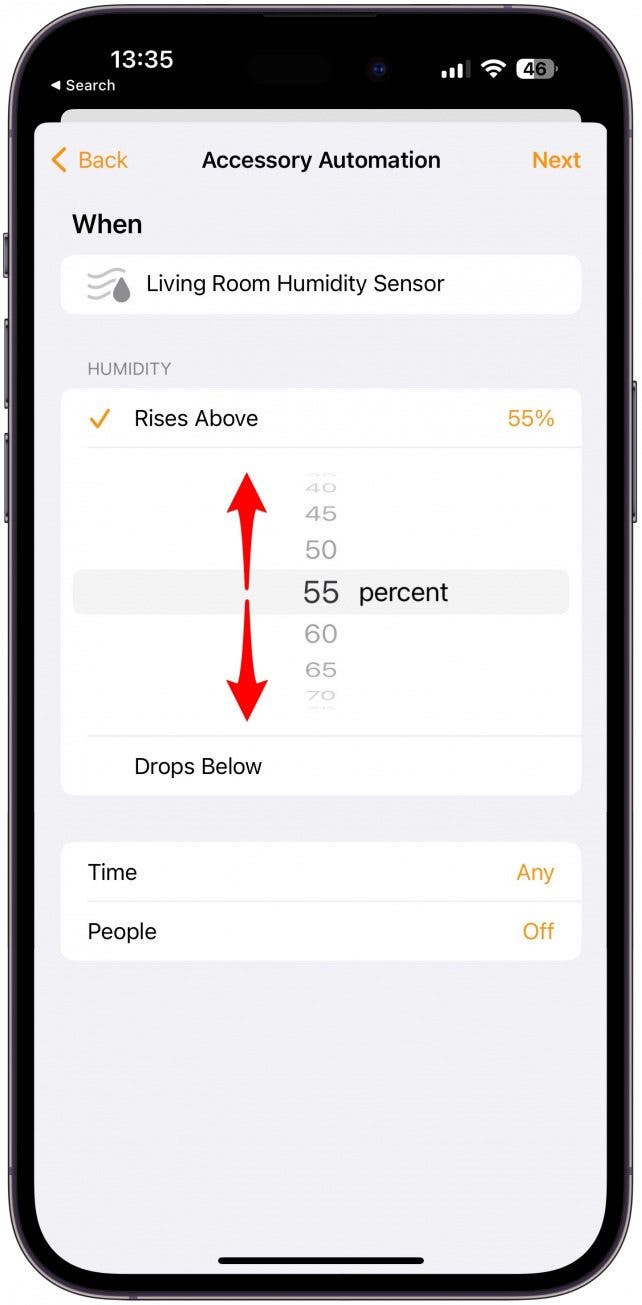
- If you tap Any next to Time, you can select a specific time of the day for your automation to go into effect. For example, you can select "At night" if you want to automate a device to keep the humidity at a comfortable level while you're sleeping. I'll keep it at Any time.

- If you tap Off next to People, you can select for the automation to only happen if no one is at home, for example.
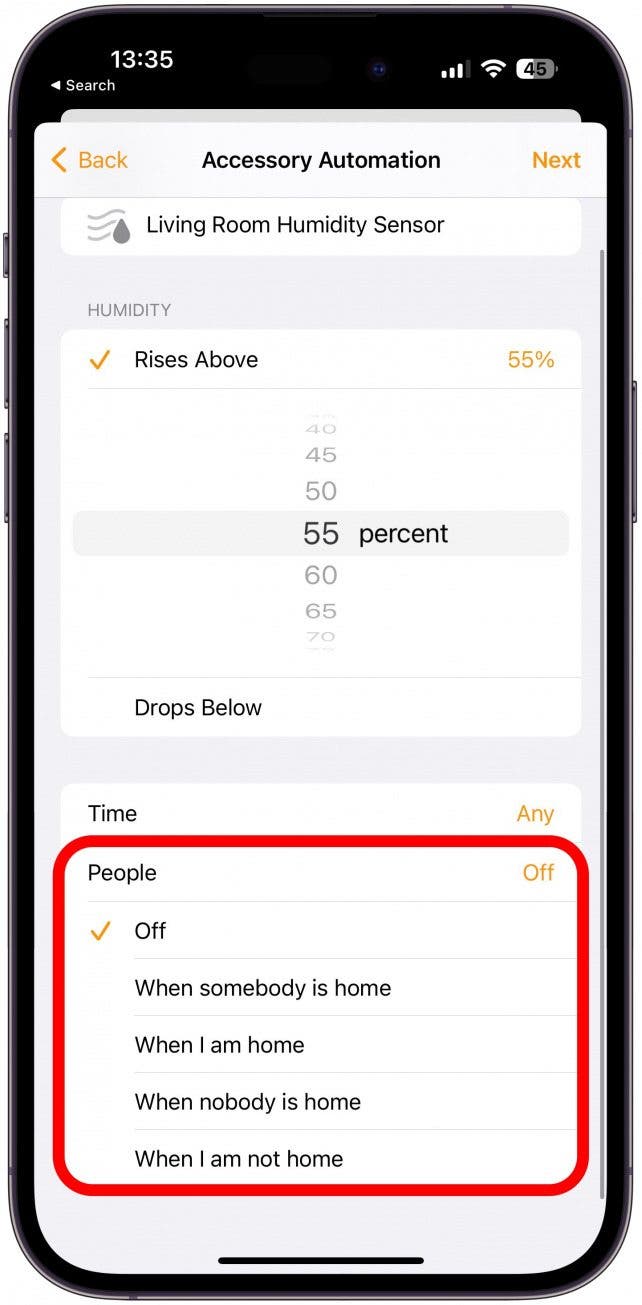
- Tap Next.
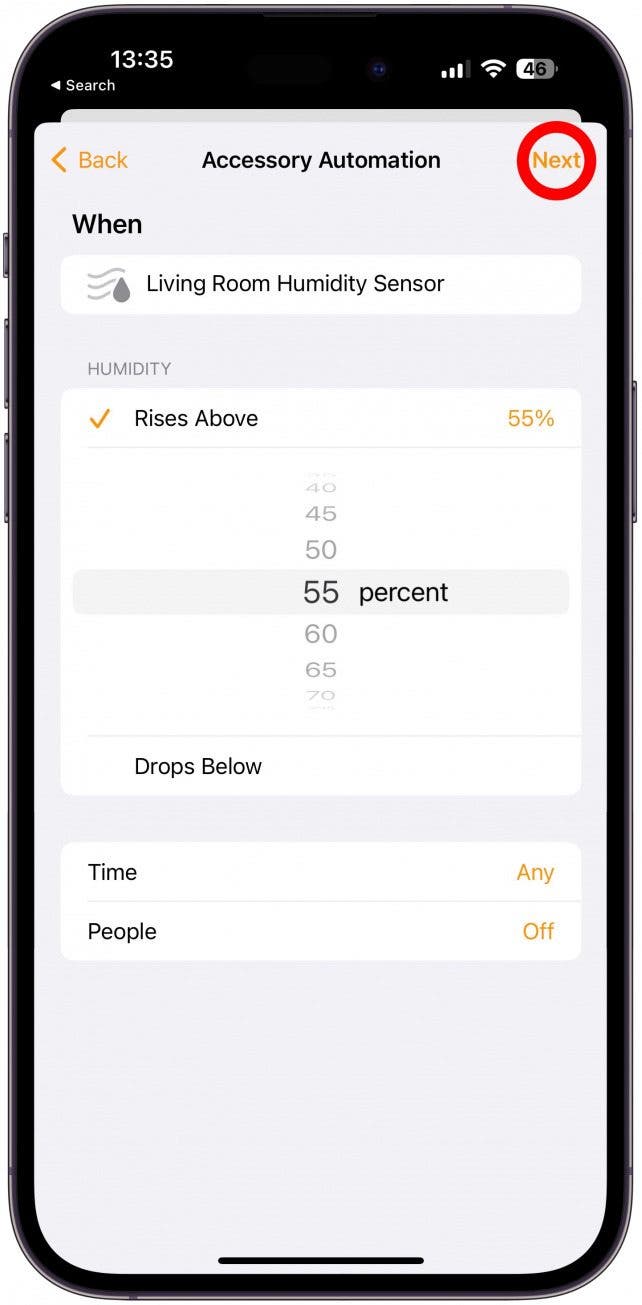
- Now, if you have a smart device such as an AC unit, humidifier, dehumidifier, fan, heater, or even a smart plug that can turn one of these devices on, you can select the device or scene from the list below. Unfortunately, I don't have one, so I'll select one of my HomePods and set up an alarm for when the humidity in my house gets too high. Once you've selected your device, tap Next.
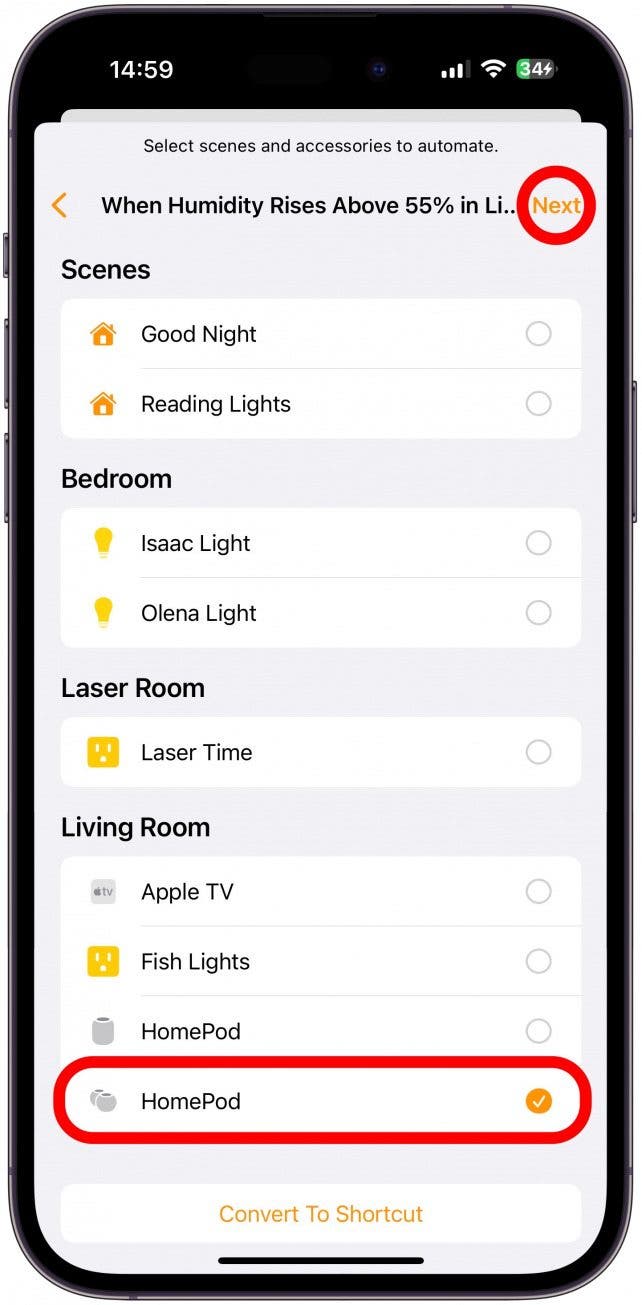
- Next to Audio, tap Play Audio.

- Tap Choose Audio….
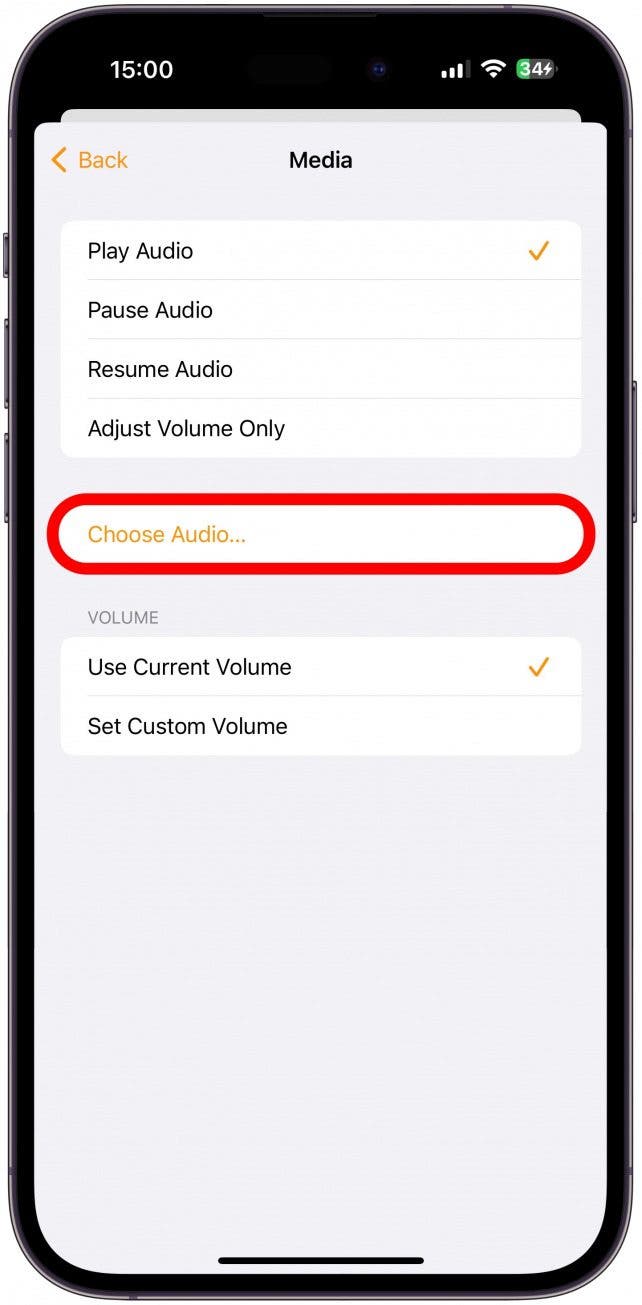
- If you have an Apple Music subscription, tap Apple Music to select a song to play when your HomePod detects temperature or humidity outside of the bounds you set. Otherwise, tap Ambient Sounds to select from a list of preset options like rain sounds or forest.

- Find a song or audio file you wish to play to alert you of the humidity level. I’ll give you a fun tip for this in the Pro Tip box below.
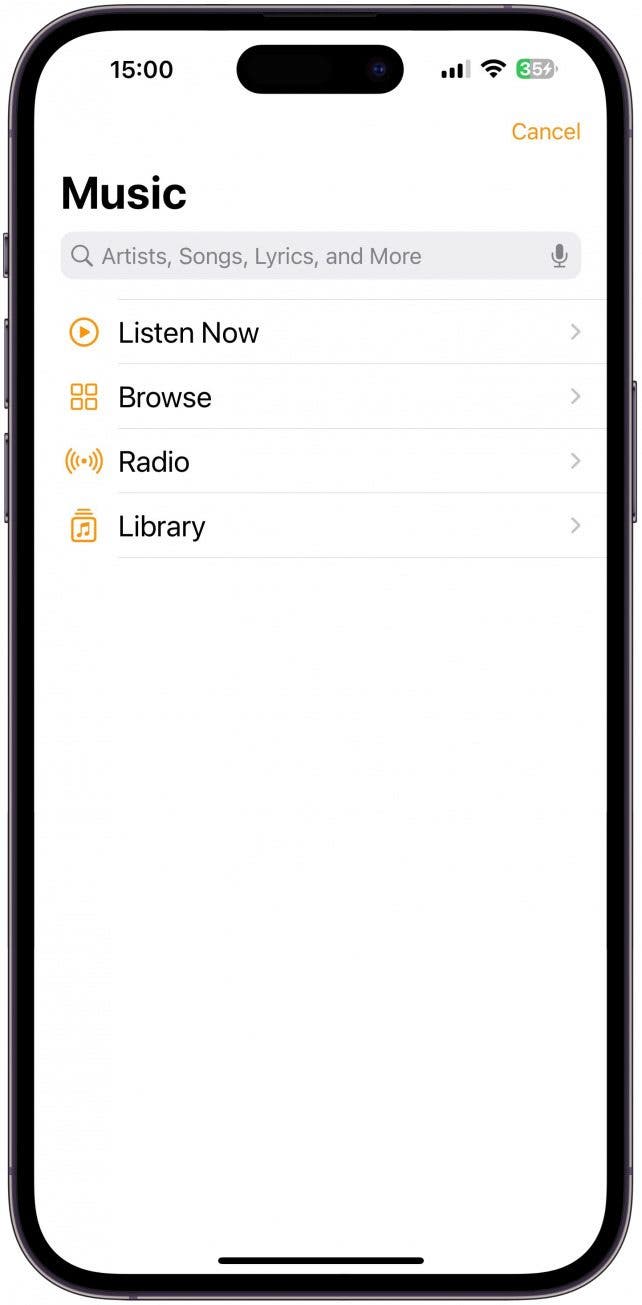
- Once you’ve picked something, tap Back.
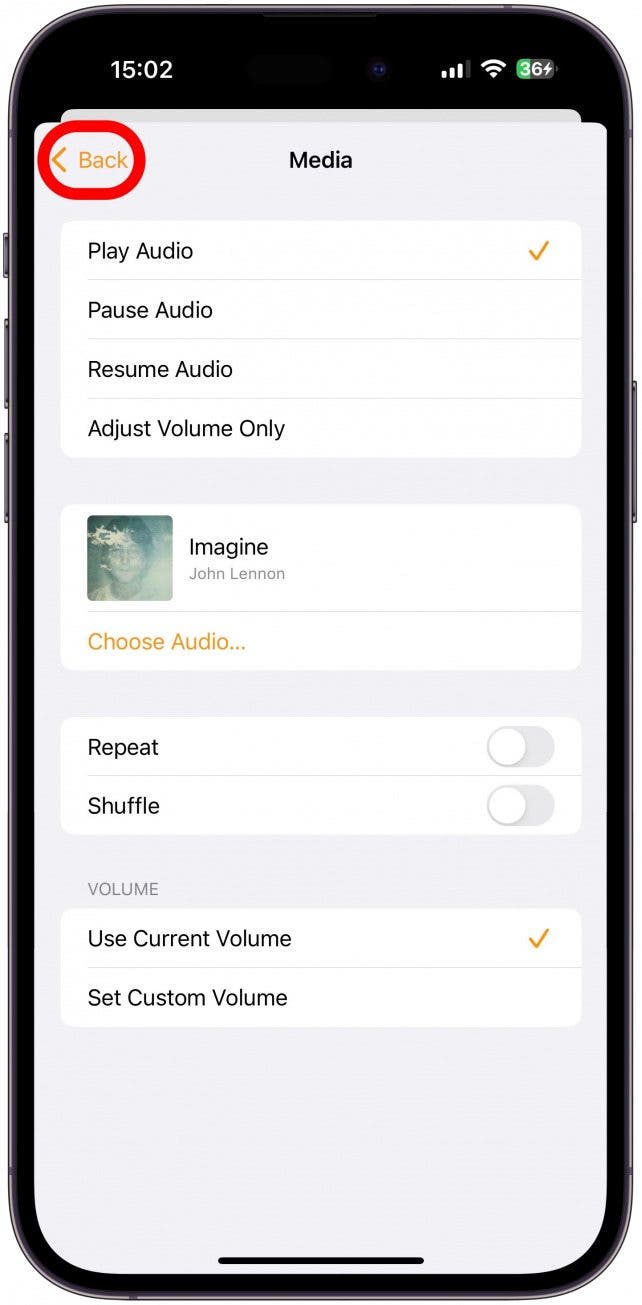
- Now tap Test This Automation. You'll hear the alarm you set in the previous steps going off on your HomePod. You can ask Siri to stop the alarm or tap the touchpad on your HomePod to turn it off.
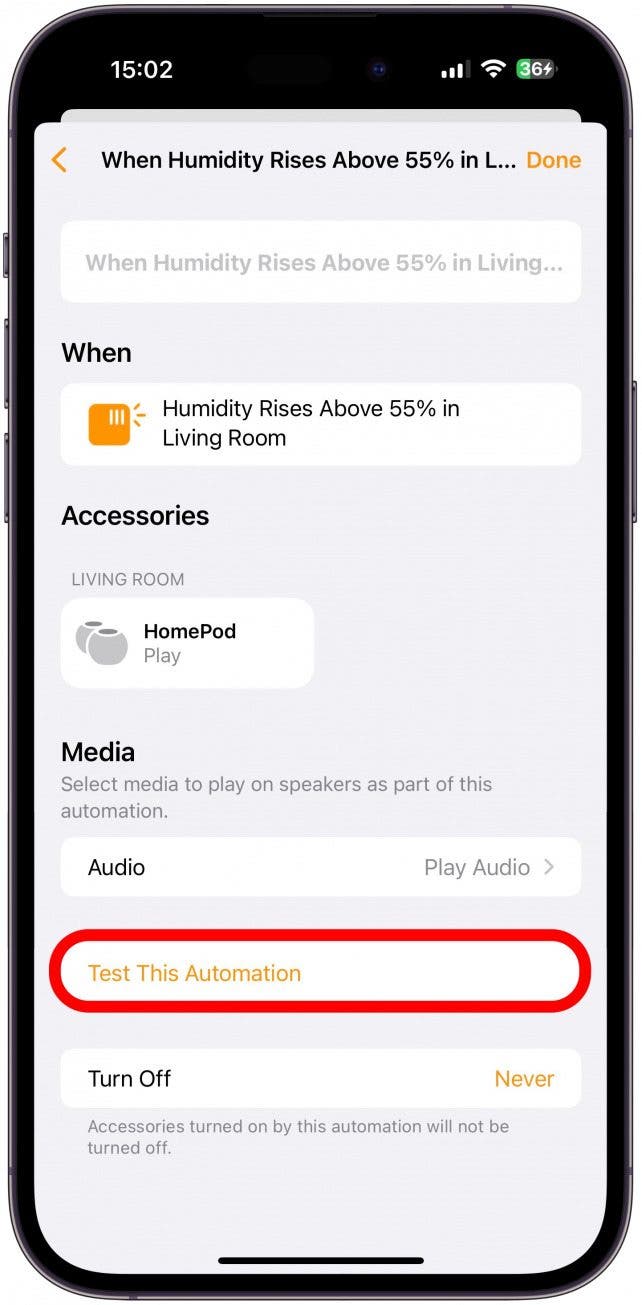
- Tap Done and you’ll be returned to the Automations page. You can always tap the automation to make edits!
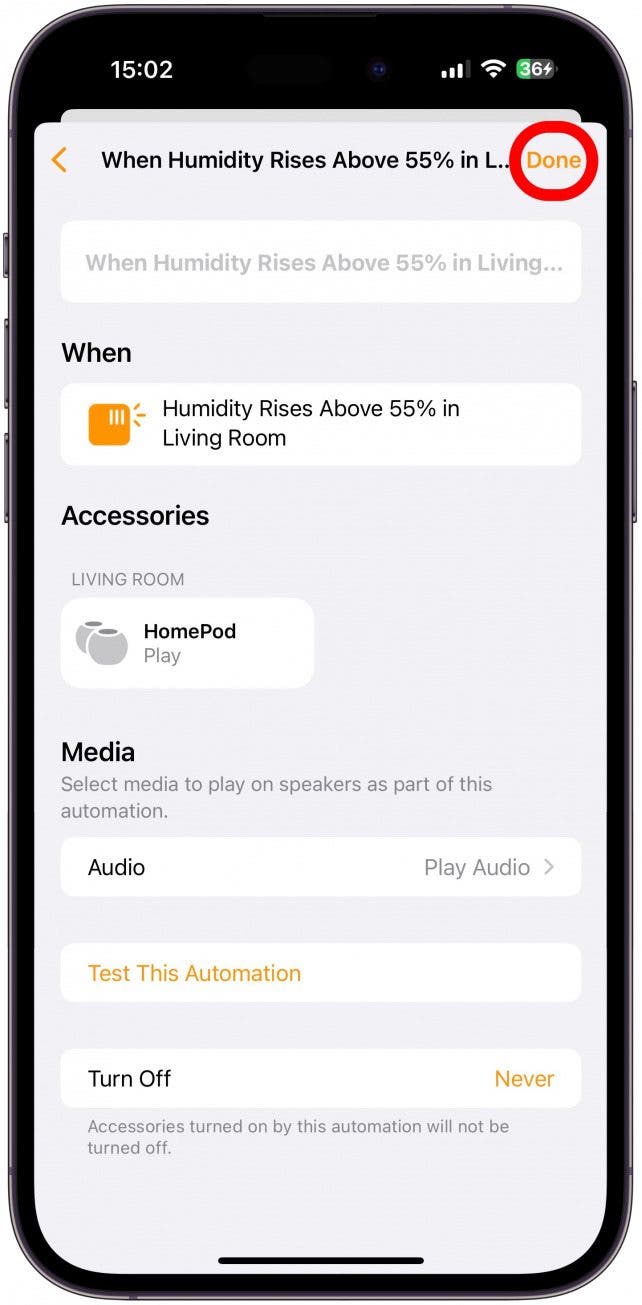
Now you know how to check indoor humidity and temperature and even create automations using your HomePod temperature and humidity sensors.
Pro Tip:
If you don't have any smart devices to use this with, you can use the Voice Memo app to record yourself saying something like "Warning, humidity is above (number)". You can then select this in step 16 above. This way, your HomePod will say the humidity level or temperature when it gets too high or too low so that you can turn on whatever applicable device will make your home more comfortable. I like this option because anyone in your home will hear this and can make adjustments to your environment before it gets too extreme.
Now you know how to check indoor humidity and temperature using your HomePod mini or HomePod 2! So if you've been on the hunt for the best free room temperature app for iPhone, you might already have it: it's built into the HomePod mini you've always had sitting on your shelf. If you want a device to monitor the home temperature while away, this HomePod mini 16.3 update may be the solution you've been waiting for.

Olena Kagui
Olena Kagui is a Feature Writer at iPhone Life. In the last 10 years, she has been published in dozens of publications internationally and won an excellence award. Since joining iPhone Life in 2020, she has written how-to articles as well as complex guides about Apple products, software, and apps. Olena grew up using Macs and exploring all the latest tech. Her Maui home is the epitome of an Apple ecosystem, full of compatible smart gear to boot. Olena’s favorite device is the Apple Watch Ultra because it can survive all her adventures and travels, and even her furbabies.

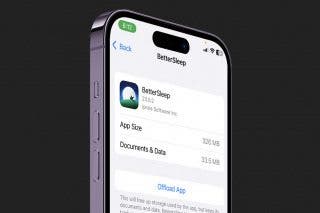
 Rachel Needell
Rachel Needell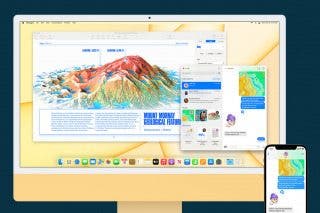
 Leanne Hays
Leanne Hays
 Rhett Intriago
Rhett Intriago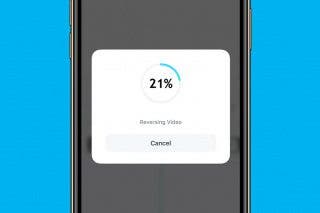
 Olena Kagui
Olena Kagui
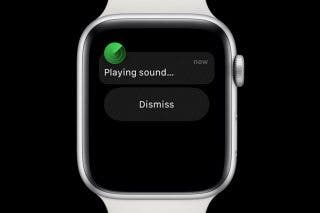
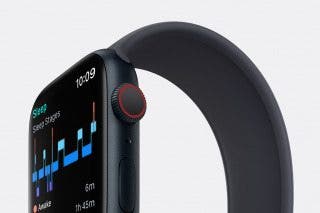

 David Averbach
David Averbach
 Donna Schill
Donna Schill